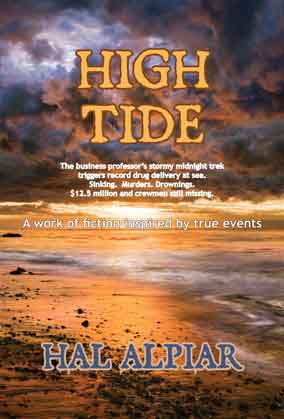Apr 22 2012
I have what you need and want now!
You are not what you sell.
You are what you solve.
True business professionals who dwell in the world of sales, and all small business owners (who live there too) know instinctively that they are not really salespeople pushing their wares and services on others.
They recognize that they are actually problem solvers who listen carefully to customers and prospects and respond with solutions. They focus on building relationships.
The problem is that solving the problem is often glossed over, dismissed, and sidetracked in the process of communicating with a customer or prospect. How often have you heard a store or organization or company rep start out (or jump to her or his safety net when a positive response is not evident) by rattling out a long list of product or service features?
It’s human nature to talk about all the strong points and unique features of a product or service we want others to like, and want, and dive into their pockets for the money we hope they’ll produce. But human nature doesn’t move sales. Customers and prospects don’t buy features. They buy benefits.
How long will this product or service last? How economical is it? How does it work? What colors are available? How spectacular is the price deal? How great is the supplier company or organization? These are all very nice kinds of things to get across because they help purchasers justify their decisions to others (bosses, spouses, friends, etc.) BUT . . .
None of those kinds of features will trigger a purchase.
Features are rational objective things. People are motivated by emotions. Maybe they’re simply charmed by the rep, or maybe they’ve been convinced that the personal benefits to be had outweigh the expense . . . because the product or service solves their problem!
We buy benefits: how easy and convenient this makes your life, how much your friends and neighbors will admire your good taste, how great you look with/in/next to it, how terrific your garden will be when this thing keeps the deer and rabbits away, what you can do for your children’s/grandchildren’s future with the savings from this policy, how wonderful this will look in your living room/dining room/kitchen.
And how do you get someone to this decision point? 1) By listening carefully (prompt customers and prospects to talk 80% of the time!), and 2) By processing what you hear and see to show how what you have to offer can solve their problem.
Anyone can ram features down someone’s throat. This loses more sales than anything else. It takes patience, understanding, and sitting (mentally and physically) on the same side of the table, working in concert to solve the buyer’s problem.
For immediate, focused, affordable sales help, call me now: 302.933.0116
# # #
With thanks to my LinkedIn friend Kevin Kempler for inspiring this post
# # #
FREE blog subscription Posts RSS Feed
Hal@Businessworks.US 302.933.0116


